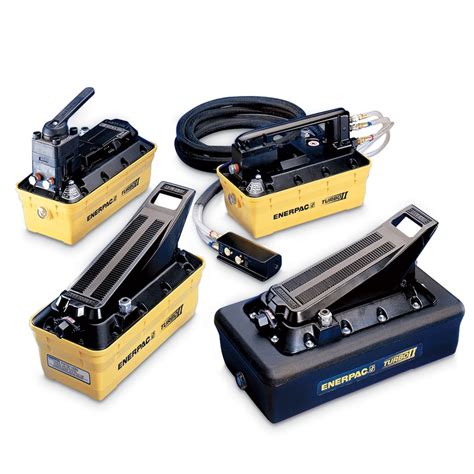Luftdriven: Harnessing the Power of Air to Drive Progress

Luftdriven: Harnessing the Power of Air to Drive Progress
Introduction
In the realm of innovation, where ideas take flight, the concept of luftdriven has emerged as a transformative force, harnessing the boundless power of air to drive progress across diverse industries, from manufacturing to transportation. This article delves into the fascinating world of luftdriven technology, exploring its myriad applications, benefits, and potential to revolutionize industries.
Understanding Luftdriven Technology
Luftdriven refers to the utilization of air as the primary driving force behind a mechanical system. This technology operates by compressing or expanding air within a closed chamber, generating pressure that drives pistons, turbines, or other mechanisms. Unlike traditional combustion engines, luftdriven systems rely on the movement of air rather than the combustion of fossil fuels.
Applications in Manufacturing
In the manufacturing sector, luftdriven technology finds extensive application in assembly lines, material handling systems, and robotics. Its precise and efficient nature makes it ideal for tasks requiring high accuracy and speed. For instance, luftdriven pneumatic actuators power assembly machines, ensuring the precise placement of components with minimal vibration.
Benefits for Transportation
The transportation industry has also embraced luftdriven solutions. Electric vehicles (EVs) powered by air compressors eliminate the need for fossil fuels, significantly reducing emissions and promoting environmental sustainability. Additionally, luftdriven propulsion systems offer greater efficiency and reliability compared to conventional internal combustion engines.
Comparison with Traditional Combustion Engines
The following table compares the key characteristics of luftdriven technology with traditional combustion engines:
| Feature | Luftdriven Technology | Combustion Engines |
|---|---|---|
| Fuel Source | Air | Fossil Fuels |
| Emissions | Zero Emissions | Carbon Dioxide and Other Pollutants |
| Efficiency | High Energy Efficiency | Comparatively Lower Efficiency |
| Noise Level | Low Noise Levels | High Noise Levels |
| Maintenance Requirements | Lower Maintenance Costs | Higher Maintenance Costs |
Case Study: Solar-Powered Luftdriven Vehicles
One notable application of luftdriven technology is the development of solar-powered vehicles. These vehicles utilize compressed air as the primary energy source, which is generated by photovoltaic panels and stored in high-pressure tanks. The expanded air drives a pneumatic engine, enabling the vehicle to operate emission-free and virtually silently.
Humor in the World of Luftdriven
Even in the world of serious engineering, there is room for a bit of humor. Consider the story of the absent-minded inventor who accidentally used a vacuum cleaner to power his luftdriven car. While the experiment failed miserably, it certainly added a touch of levity to the world of innovation.
Challenges and Future Prospects
As with any emerging technology, luftdriven technology faces challenges, including the need for efficient air compression and storage systems. However, ongoing research and development efforts are addressing these challenges, paving the way for even more innovative applications in the future.
Conclusion
The luftdriven revolution continues to gather momentum, promising to transform industries and drive progress towards a more sustainable and efficient future. Its versatility, environmental benefits, and potential for cost savings make it an attractive alternative to traditional combustion engines. As technology advances and challenges are overcome, we can expect to witness even more extraordinary applications of luftdriven technology in the years to come.
